Navigating the complex world of genetics can feel daunting, especially when grappling with concepts like DNA mutations. Understanding how these mutations arise, their various types, and their potential consequences is crucial for students in biology and related fields. One of the most effective ways to reinforce learning about DNA mutations is through practice worksheets. However, finding reliable and accurate answers to these worksheets can sometimes be a challenge. This post aims to provide a comprehensive resource for understanding and checking your work on DNA mutation practice worksheets. We will delve into common types of mutations, discuss their effects, and finally, present some typical answer keys to common worksheet questions. Remember, understanding the *why* behind the answers is just as important as getting the answers themselves!
Understanding DNA Mutations
DNA mutations are alterations in the nucleotide sequence of an organism’s genome. These alterations can occur spontaneously due to errors in DNA replication or can be induced by environmental factors such as radiation or certain chemicals (mutagens). Mutations are the raw material of evolution, providing the genetic variation upon which natural selection acts. However, not all mutations are beneficial; many can be harmful or have no noticeable effect (neutral mutations).
There are several main types of DNA mutations, including:
* **Point Mutations:** These involve changes to a single nucleotide base. Point mutations can be further categorized as substitutions, insertions, or deletions.
* **Substitutions:** One nucleotide is replaced by another. These can be further classified as:
* **Transitions:** A purine (A or G) is replaced by another purine, or a pyrimidine (C or T) is replaced by another pyrimidine.
* **Transversions:** A purine is replaced by a pyrimidine, or vice versa.
* **Insertions:** One or more nucleotide bases are added to the DNA sequence.
* **Deletions:** One or more nucleotide bases are removed from the DNA sequence.
* **Frameshift Mutations:** These are insertions or deletions of nucleotides that are *not* multiples of three. Because codons are read in groups of three, frameshift mutations alter the reading frame of the genetic code, leading to a completely different sequence of amino acids being produced from that point onward. This often results in a non-functional protein.
* **Chromosomal Mutations:** These involve larger-scale changes in the structure or number of chromosomes. Examples include:
* **Deletions:** Loss of a portion of a chromosome.
* **Duplications:** Replication of a portion of a chromosome, resulting in multiple copies.
* **Inversions:** A segment of a chromosome is broken off, inverted, and reattached.
* **Translocations:** A segment of a chromosome breaks off and attaches to a different chromosome.
The consequences of DNA mutations vary depending on the type and location of the mutation. Some mutations have no effect (silent mutations), while others can lead to significant changes in protein structure and function, potentially resulting in genetic disorders or diseases. For instance, a point mutation in a crucial region of a gene can alter the amino acid sequence of the protein, leading to a misfolded and non-functional protein.
Example Worksheet Questions and Answers
Below are some common types of questions you might encounter on a DNA mutation practice worksheet, along with their corresponding answers. These examples cover various types of mutations and their effects.
DNA Mutation Worksheet Answers
-
Question 1: What type of mutation is it when the DNA sequence changes from ATG GGC to ATG AGC?
- Answer: Point mutation (substitution) – specifically, a transversion. The GGC codon has been changed to AGC.
-
Question 2: The original DNA sequence is TAC GCA TGG. A mutation occurs and the new sequence is TAC GCA T. What type of mutation is this and what is the effect on the protein?
- Answer: Point mutation (deletion) – specifically, the last G is deleted causing a frameshift mutation. The protein sequence after GCA will be altered significantly or truncated early due to a stop codon shift.
-
Question 3: Explain the difference between a silent mutation and a missense mutation.
- Answer: A silent mutation is a change in the DNA sequence that does not alter the amino acid sequence of the protein due to the redundancy of the genetic code. A missense mutation, on the other hand, is a change in the DNA sequence that results in a different amino acid being incorporated into the protein.
-
Question 4: Original DNA sequence: ATT CGC GAT. Mutated DNA sequence: ATT CGC GAT TAG. What type of mutation is this?
- Answer: Insertion. A “TAG” sequence was inserted at the end of the original sequence.
-
Question 5: What is a frameshift mutation and how does it affect protein synthesis?
- Answer: A frameshift mutation is an insertion or deletion of nucleotide bases that is not a multiple of three. This shifts the reading frame during translation, causing all subsequent codons to be read incorrectly. This typically results in a completely different amino acid sequence downstream of the mutation, often leading to a non-functional or truncated protein.
-
Question 6: Provide an example of a mutagen.
- Answer: Examples include: UV radiation, X-rays, certain chemicals (e.g., benzene, formaldehyde), tobacco smoke.
These are just a few examples of the types of questions you might encounter on a DNA mutation worksheet. The key is to carefully analyze the DNA sequences provided, identify the changes that have occurred, and understand the implications of those changes on the resulting protein. By practicing with these types of questions and understanding the underlying principles of DNA mutations, you can build a solid foundation in this essential area of genetics.
If you are looking for Dna Mutations Practice Worksheet – E-streetlight.com you’ve visit to the right place. We have 22 Pics about Dna Mutations Practice Worksheet – E-streetlight.com like Dna Mutations Practice Worksheet Answers – Printable Word Searches, Dna Mutations Worksheet Key and also Jaden Dunn – DNA Mutation Practice WS – DNA Mutations Practice. Here you go:
Dna Mutations Practice Worksheet – E-streetlight.com
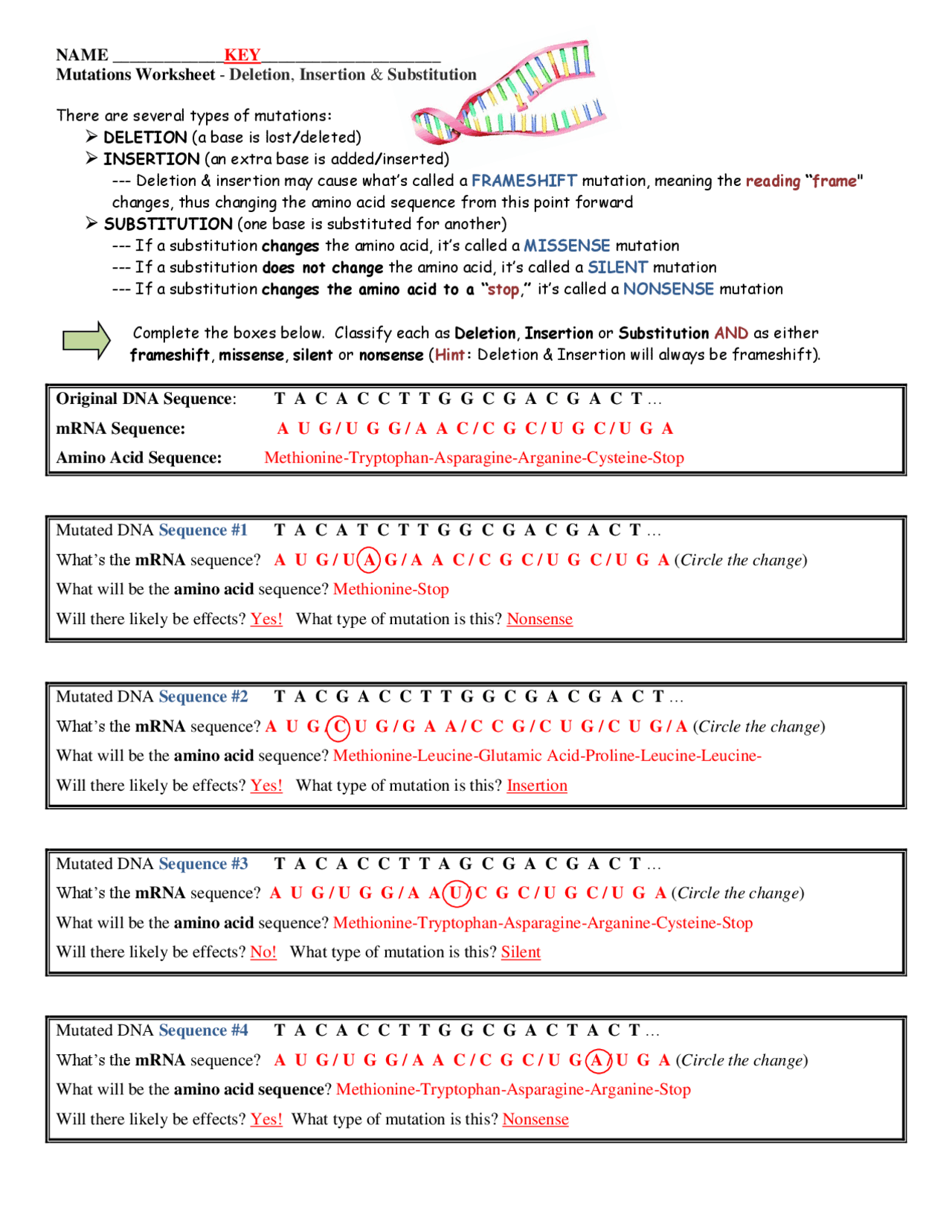
www.e-streetlight.com
19 The Genetic Code Worksheet Answers / Worksheeto.com
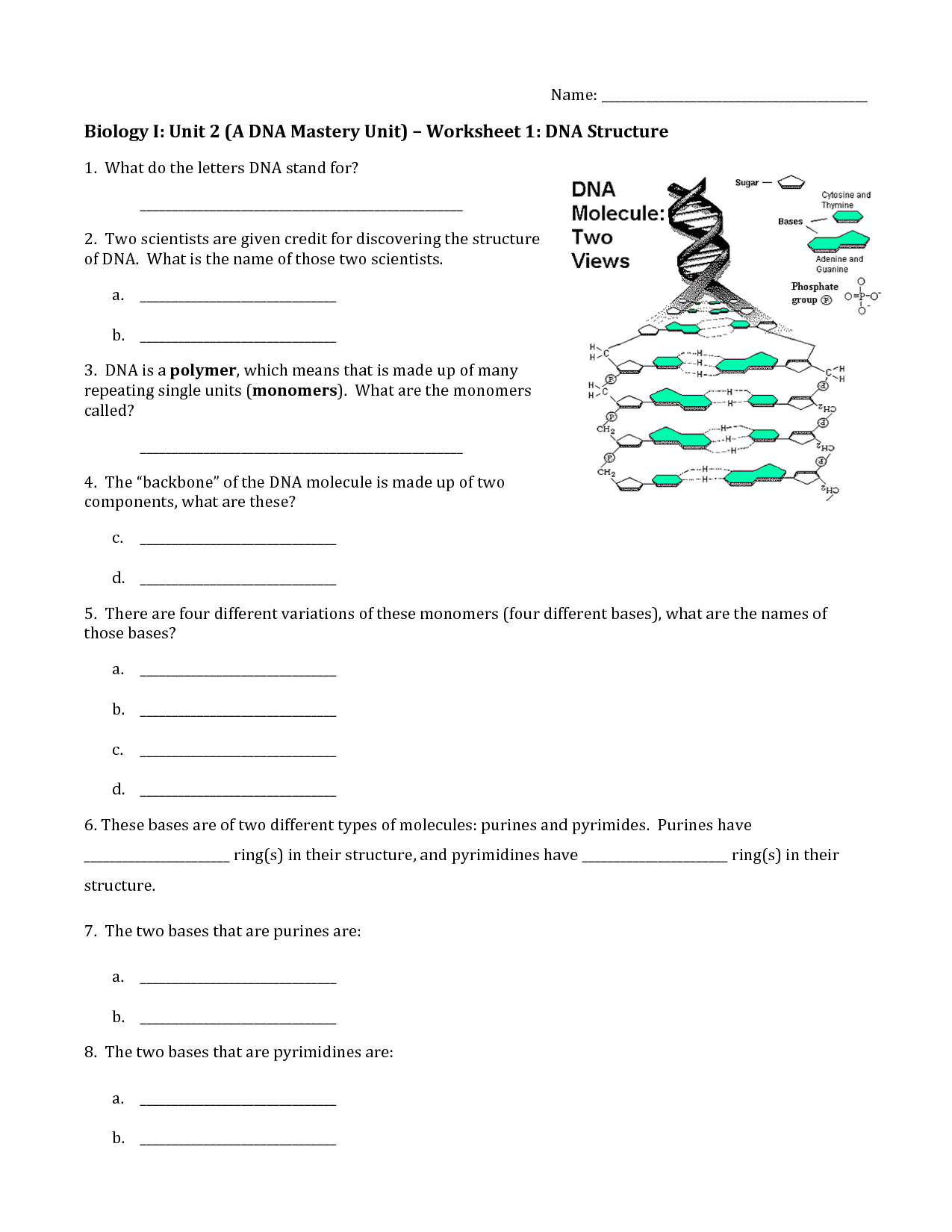
www.worksheeto.com
ESL Biology DNA Mutations Practice Worksheet | Made By Teachers

worksheets.clipart-library.com
50 Dna Mutations Practice Worksheet Answer | Chessmuseum Template

www.pinterest.com
Genetic Mutation Worksheets

diagramsmukdose1.z21.web.core.windows.net
Dna Mutation Simulation Worksheet

kabiot4studyquizz.z13.web.core.windows.net
Worksheets Mutations Practice
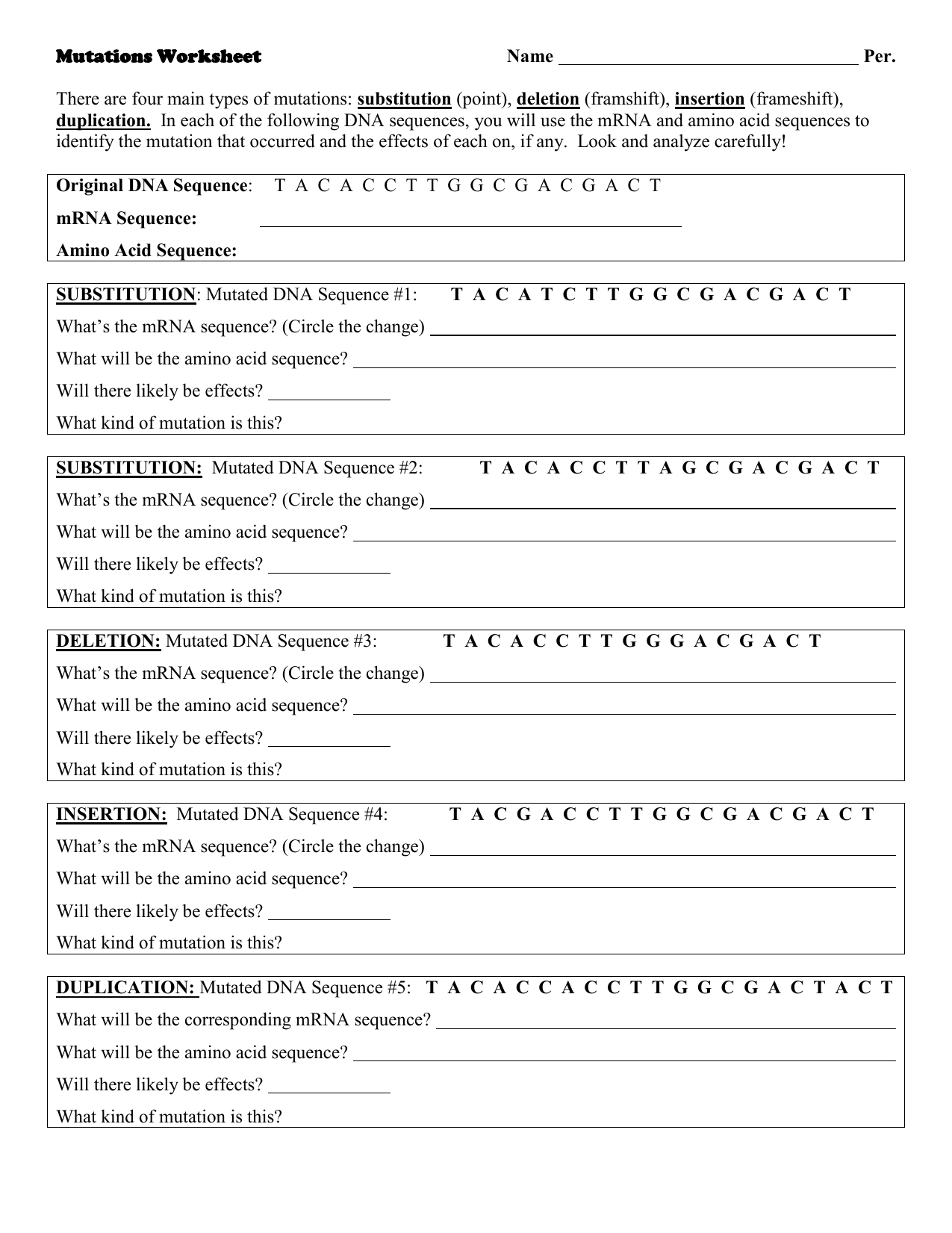
classfullmraz.z21.web.core.windows.net
Jaden Dunn – DNA Mutation Practice WS – DNA Mutations Practice

www.studocu.com
DNA Mutations Practice Worksheet | Made By Teachers

www.madebyteachers.com
Dna Mutations Practice Worksheet Answers – Kid Worksheet Printable

kidprintablesheet101.blogspot.com
Free Mutations Worksheet Answers, Download Free Mutations Worksheet

worksheets.clipart-library.com
Dna Mutations Practice Worksheet Answers – Printable Word Searches

davida.davivienda.com
Genetic Code Table Worksheet And Answers
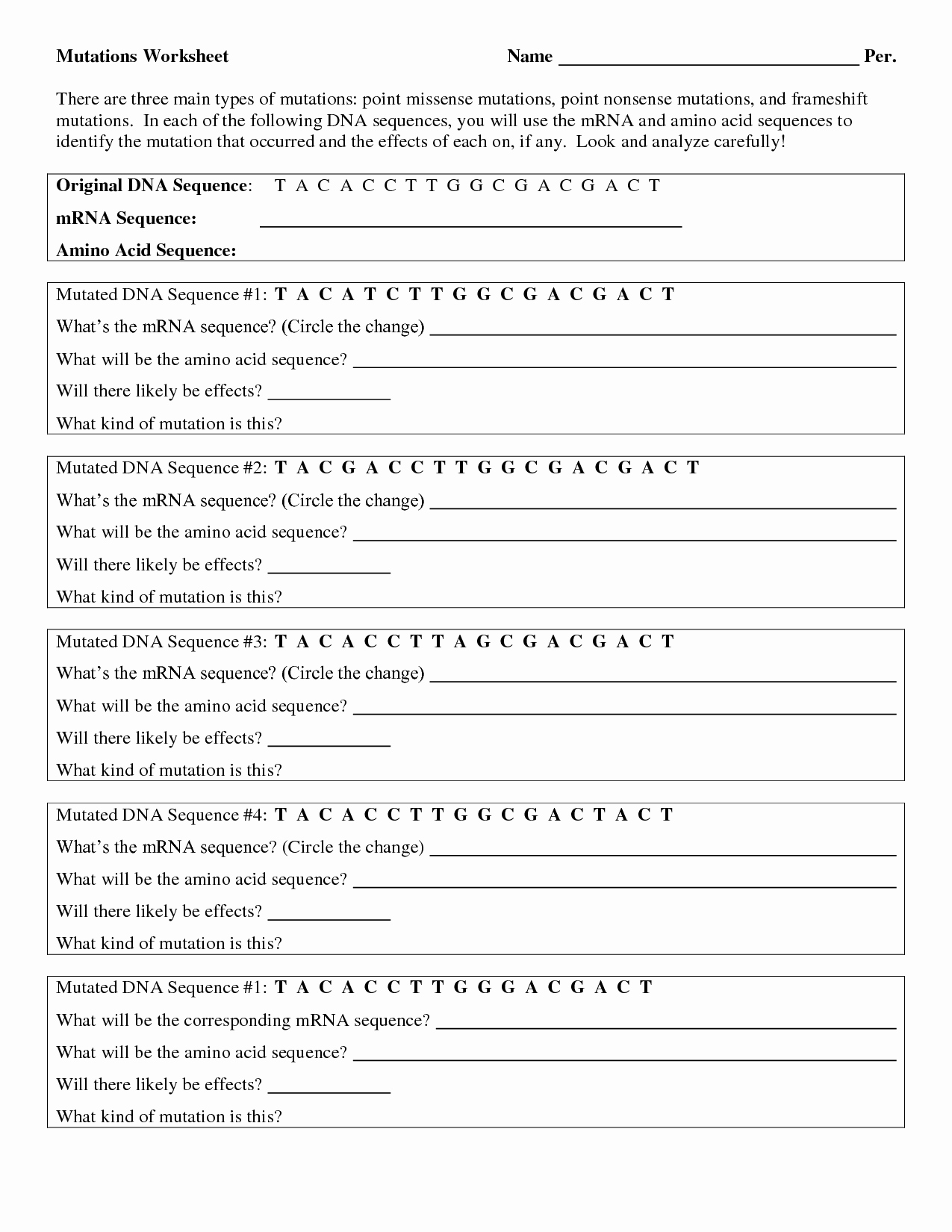
materialcampusdeletion.z5.web.core.windows.net
Types Of Mutations Answer Key Worksheet

pleurezie5m9lessonmedia.z21.web.core.windows.net
Dna Mutations Practice Worksheet Conclusion Answers — Db-excel.com
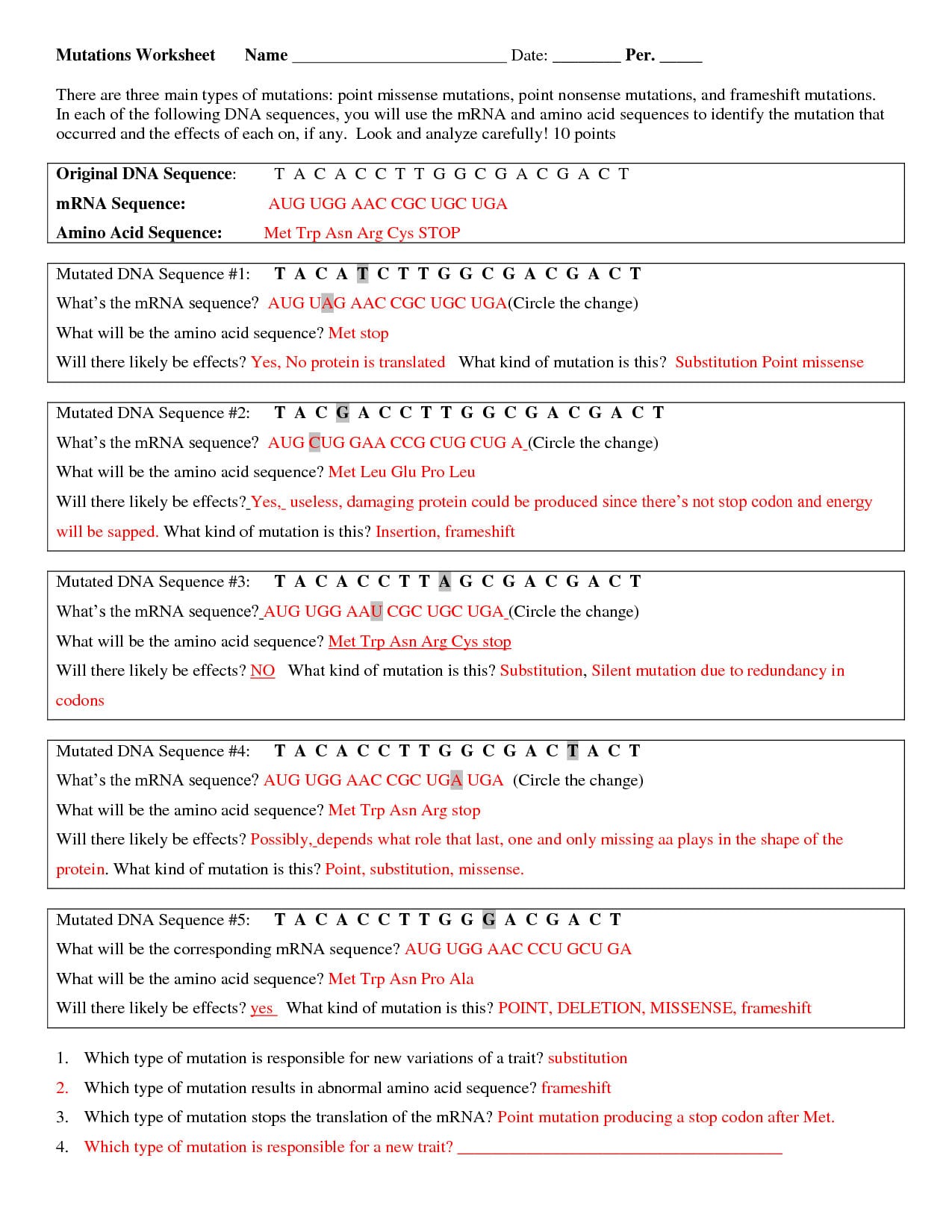
db-excel.com
Genetic Mutation Worksheet Worksheet Mutations Practice Answ

rybolovznkdblearning.z21.web.core.windows.net
19 Best Images Of The Genetic Code Worksheet Answers – Breaking The
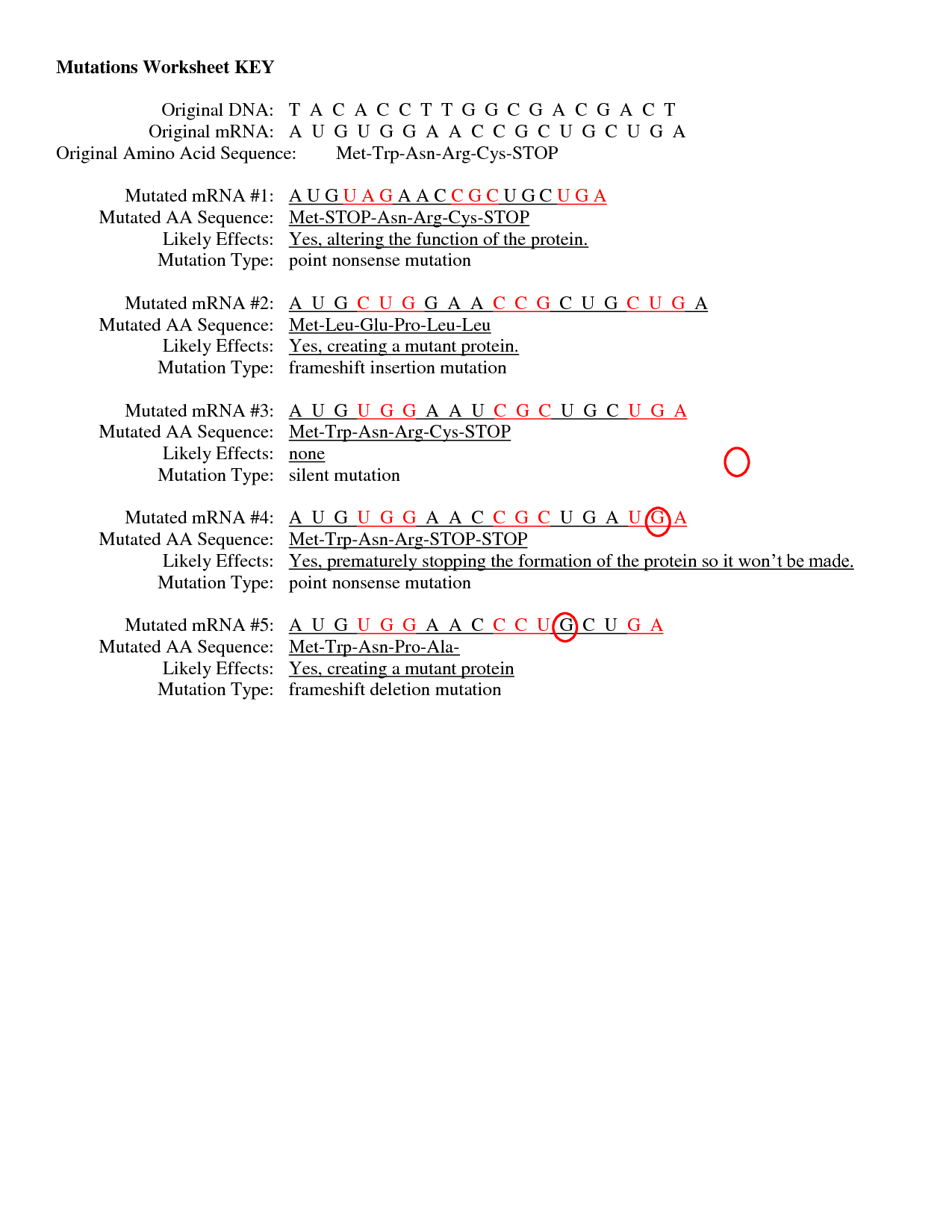
www.worksheeto.com
DNA Mutation Simulation Worksheet – Name

www.studocu.com
Genetic Mutation Worksheet Answers
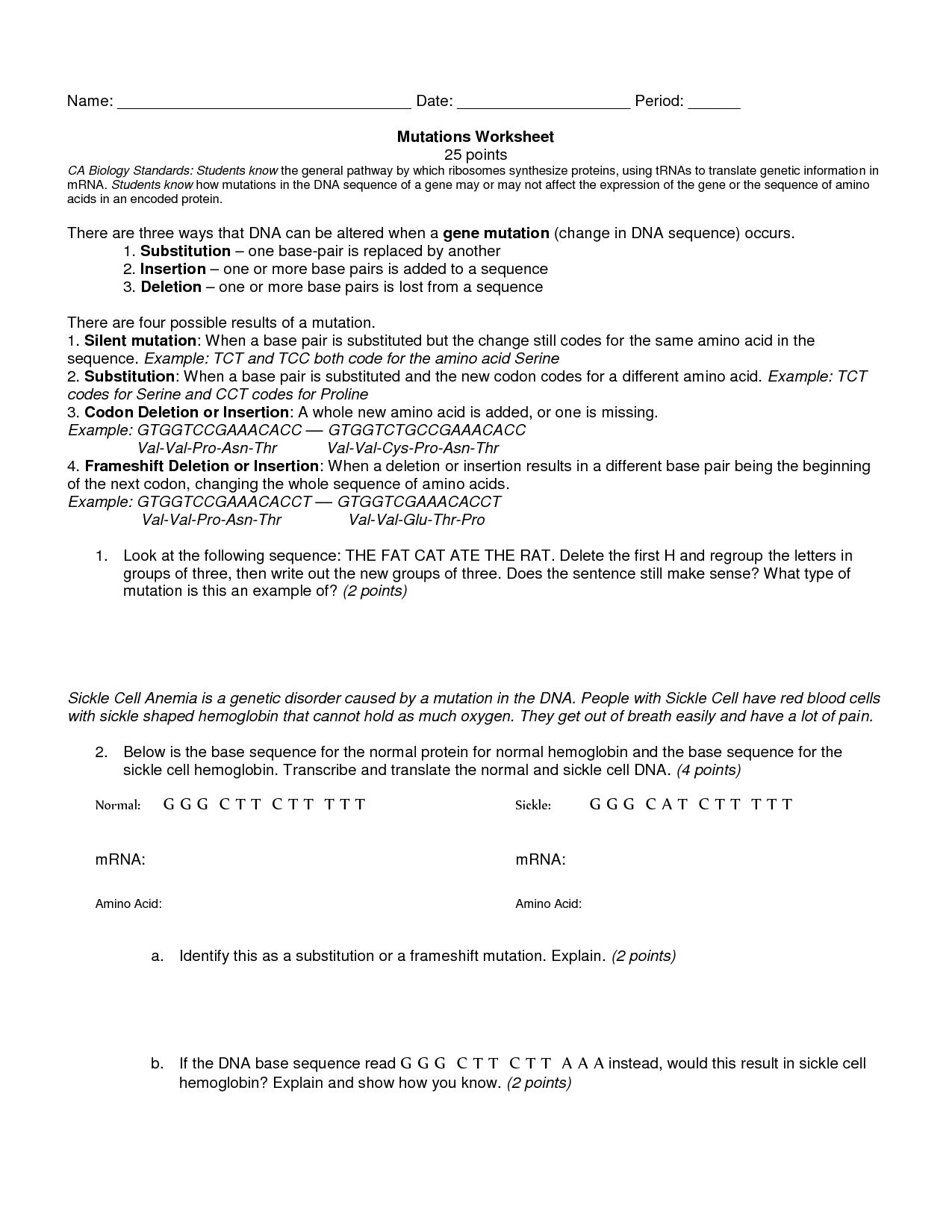
sahklubrad.com
Dna Mutations Worksheet Key
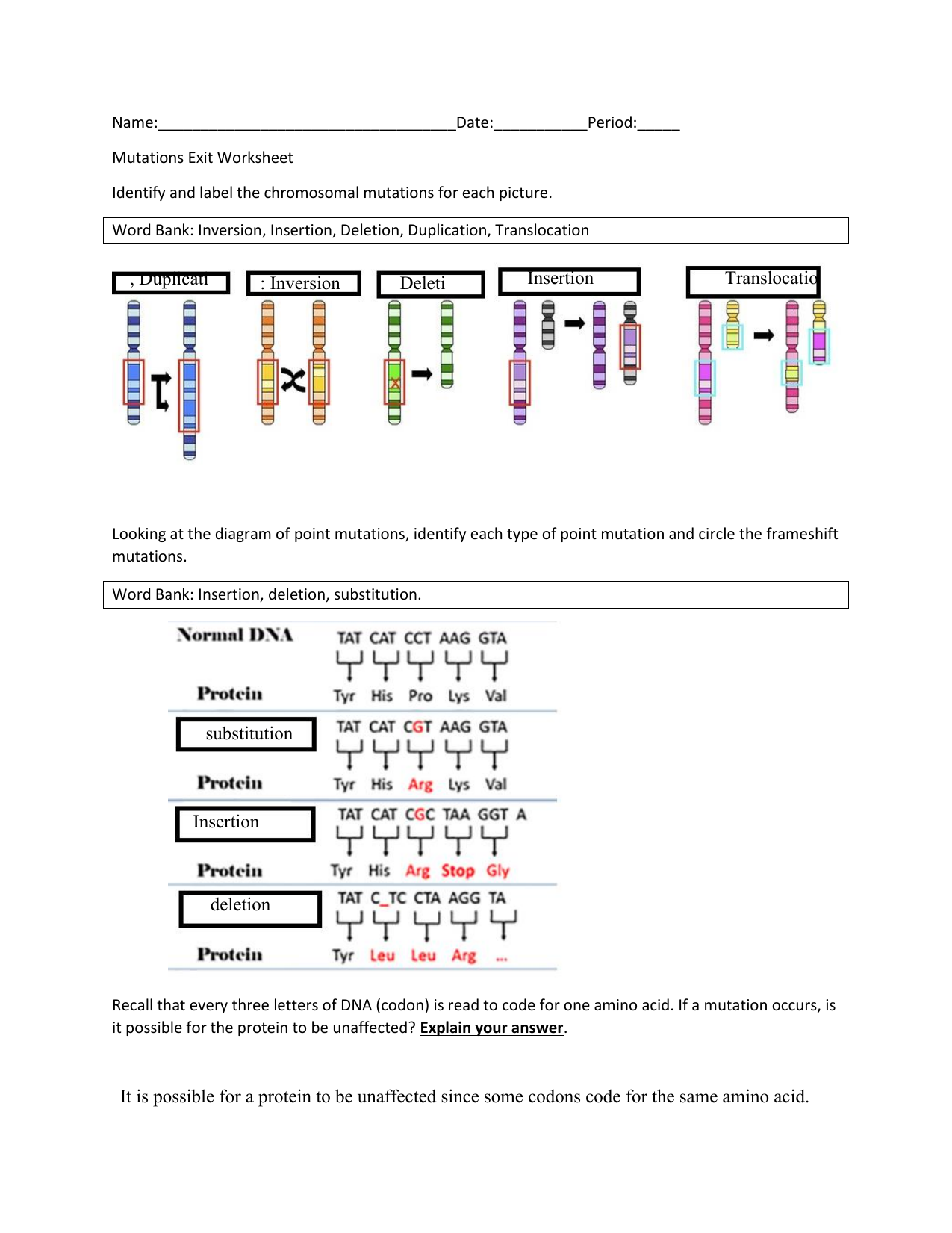
foelai1cedblearning.z14.web.core.windows.net
Dna Mutations Practice Worksheet Answers

www.proworksheet.my.id
Dna Mutations Practice Worksheet Answer – Owhentheyanks.com
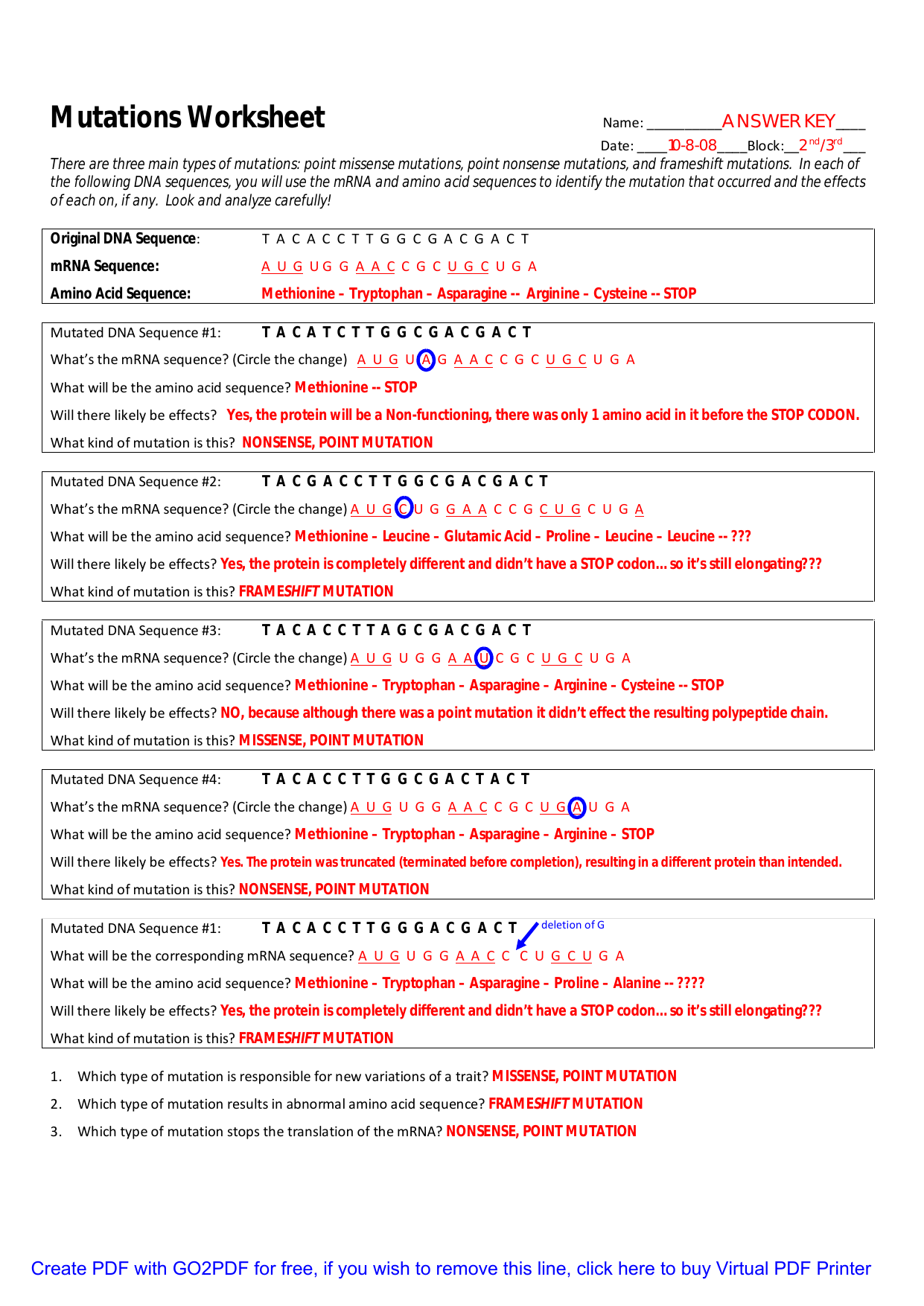
www.owhentheyanks.com
Types of mutations answer key worksheet. Dna mutations practice worksheet. Jaden dunn